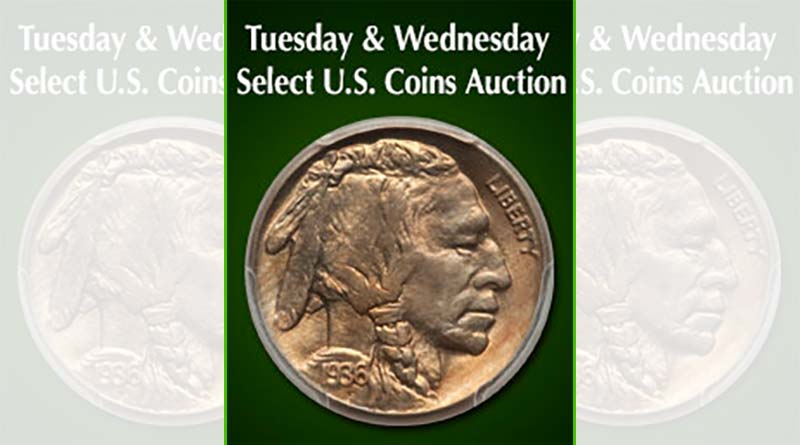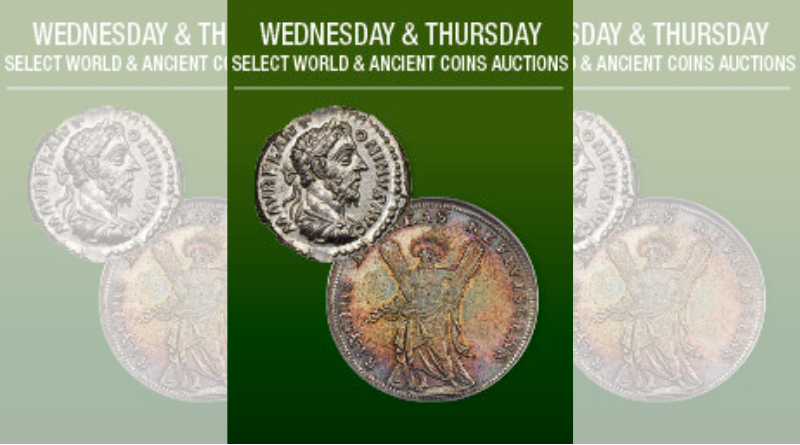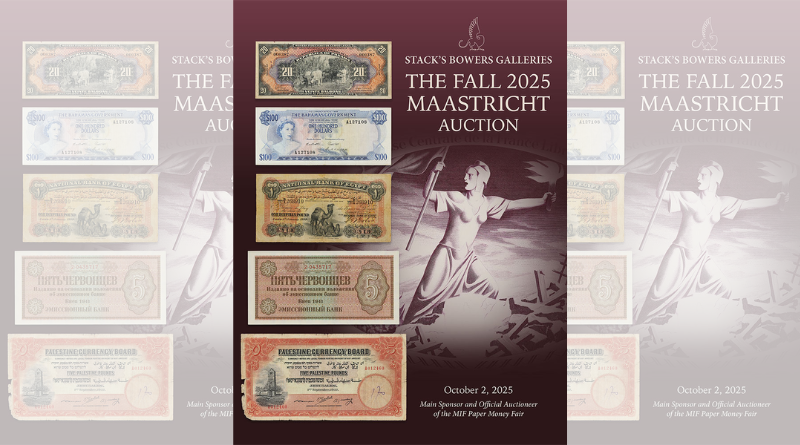- U.S. Coins:
- Large Cents,
-
Draped Bust Large Cents (1796–1807)
Greysheet & Red Book® PRICE GUIDE
Sort by
Legal Disclaimer
The prices listed in our database are intended to be used as an indication only. Users are strongly encouraged to seek multiple sources of pricing before making a final determination of value. CDN Publishing is not responsible for typographical or database-related errors. Your use of this site indicates full acceptance of these terms.
The Greysheet Catalog (GSID) of the Draped Bust Large Cents (1796–1807) series of Large Cents in the U.S. Coins contains 5 distinct entries with CPG® values between $2,000.00 and $1,320,000.00.
The very first federal coin ever struck by the United States Mint for mass circulation was the 1793 AMERI Chain large cent. While most estimates suggest there are fewer than 200 surviving examples of the nation's first large cent, many issues of the heftier predecessor to today's small-size one-cent coin are much more common. The large cent, measuring between 27 and 29 millimeters in diameter (depending on the type), are roughly the size of a modern half dollar. The entire mintage of large cents originated from the Philadelphia Mint, and thus no large cent carries a mintmark. There are several types of large cents, including: Flowing Hair with Chain reverse (1793) Flowing Hair with Wreath reverse (1793) Liberty Cap (1793) Liberty Cap (1794-1796) Draped Bust (1796-1807) Classic Head (1808-1814) Coronet Head (1816-1839) Braided Hair (1839-1857) Furthermore, early American copper specialists catalog several subtypes within each of the major types listed above, and recognize dozens of varieties among many of those types. United States large cents collectively represent one of the most complex areas of American numismatics, spawning what became one of the most iconic coin books of all time: Penny Whimsy, a book by Dr. William Herbert Sheldon that was originally published in 1938 under the title A Revision of Early American Cents, 1793-1814: An Exercise in Descriptive Classification with Tables of Rarity and Value. Sheldon's book spawned the numerical coin grading system utilized by virtually all dealers and collectors in the United States since the mid-20th century. Important Note Regarding Early Copper Pricing: Early American copper issues (colonials, half cents and large cents) are an especially challenging area to determine and fix accurate market values. The issues listed in CDN publications represent the wholesale prices of coins that are problem free and strictly graded, especially as they compare to other examples of the same issue. Any number of factors can influence (decrease or increase) the value of early large cents, including mint-made problems (planchet flaws, poor strikes, etc.) and post-mint problems (corrosion, improper cleaning, environmental damage, and more). The prices listed here are intended to serve as a guideline and starting point for discussion and negotiations of valuation, but the CDN editors strongly encourage buyers to seek expert advice in this field before purchasing coins of high value.
See More See Less
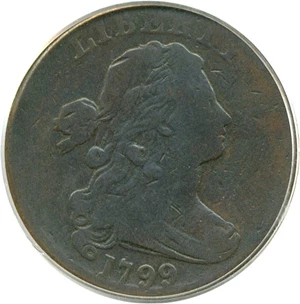
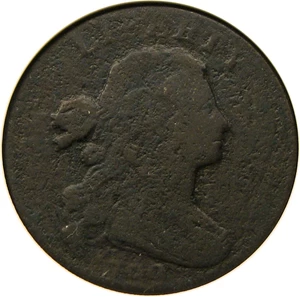
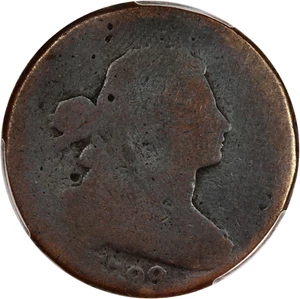
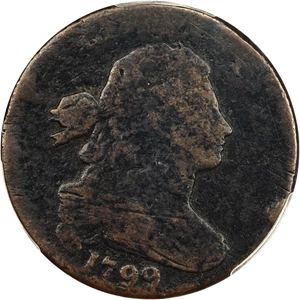

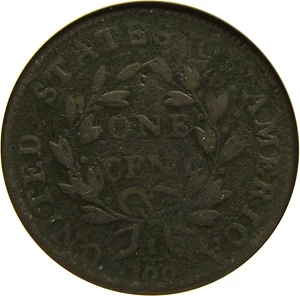
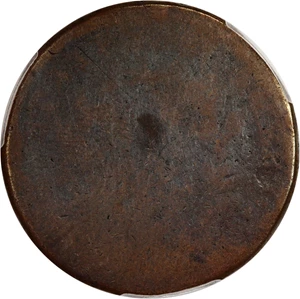

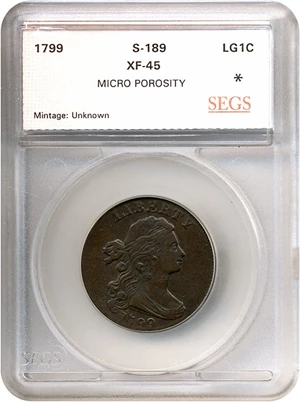
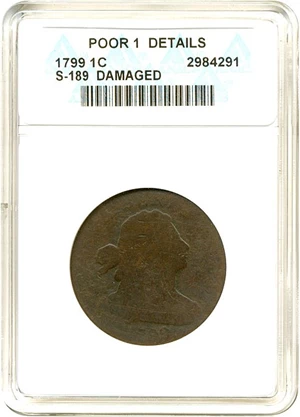
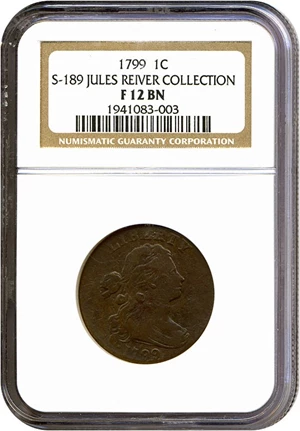
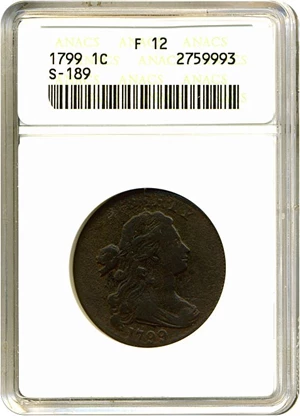
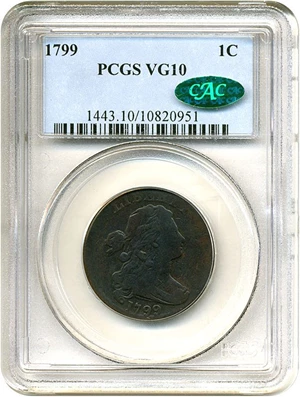
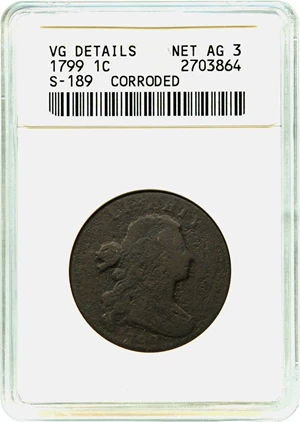
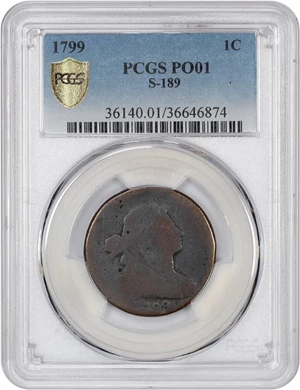
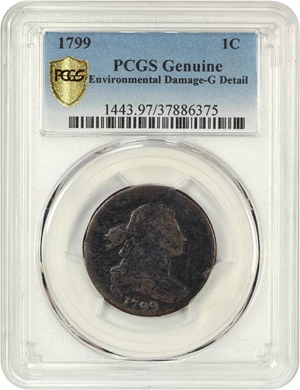
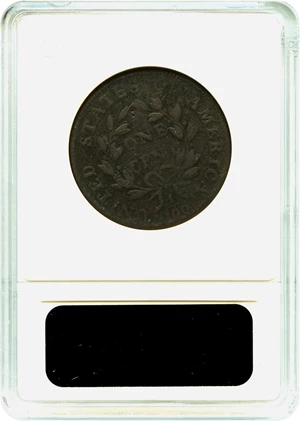
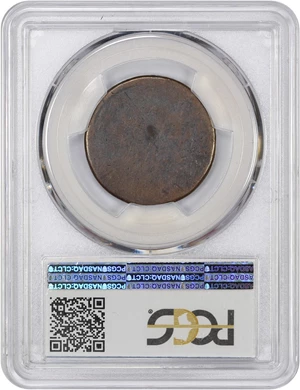
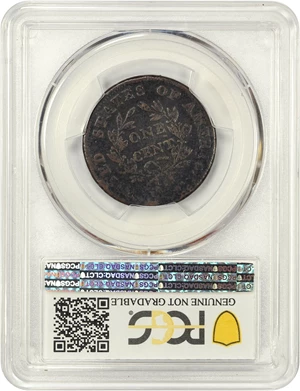





Legal Disclaimer
The prices listed in our database are intended to be used as an indication only. Users are strongly encouraged to seek multiple sources of pricing before making a final determination of value. CDN Publishing is not responsible for typographical or database-related errors. Your use of this site indicates full acceptance of these terms.
Available on Greysheet Marketplace
View All
Auction Ends: 12/29/2025
Auction Ends: 12/29/2025
Auction Ends: 12/29/2025
Auction Ends: 12/29/2025
Dealer Directory
View All Dealers
Greysheet News
View All News
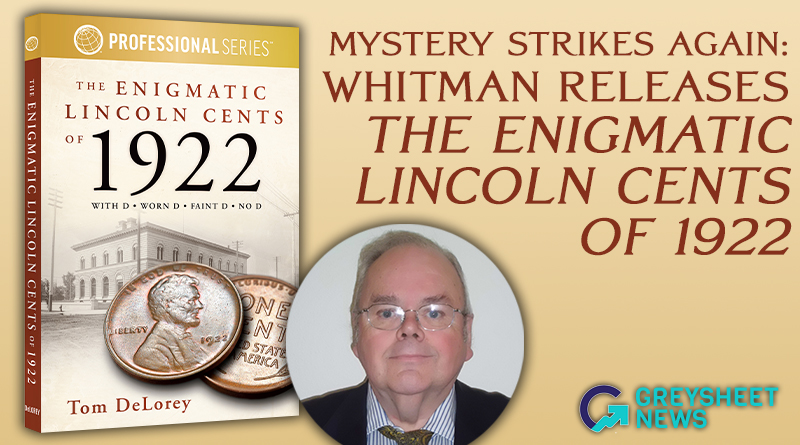
Regular and Limited Collector's Editions Shipping Now
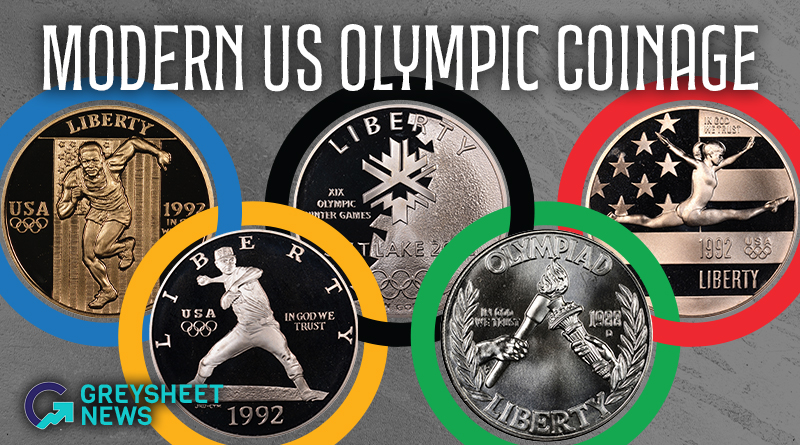
The Olympics as we know them began in 1896, but it took until 1952 for the first modern Olympic coin to be struck.
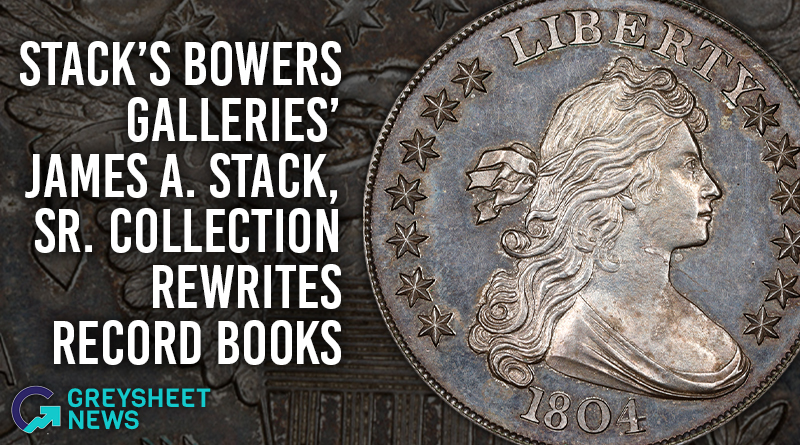
Finest Known Class III 1804 Dollar Brings $6 Million





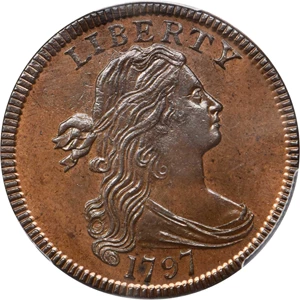
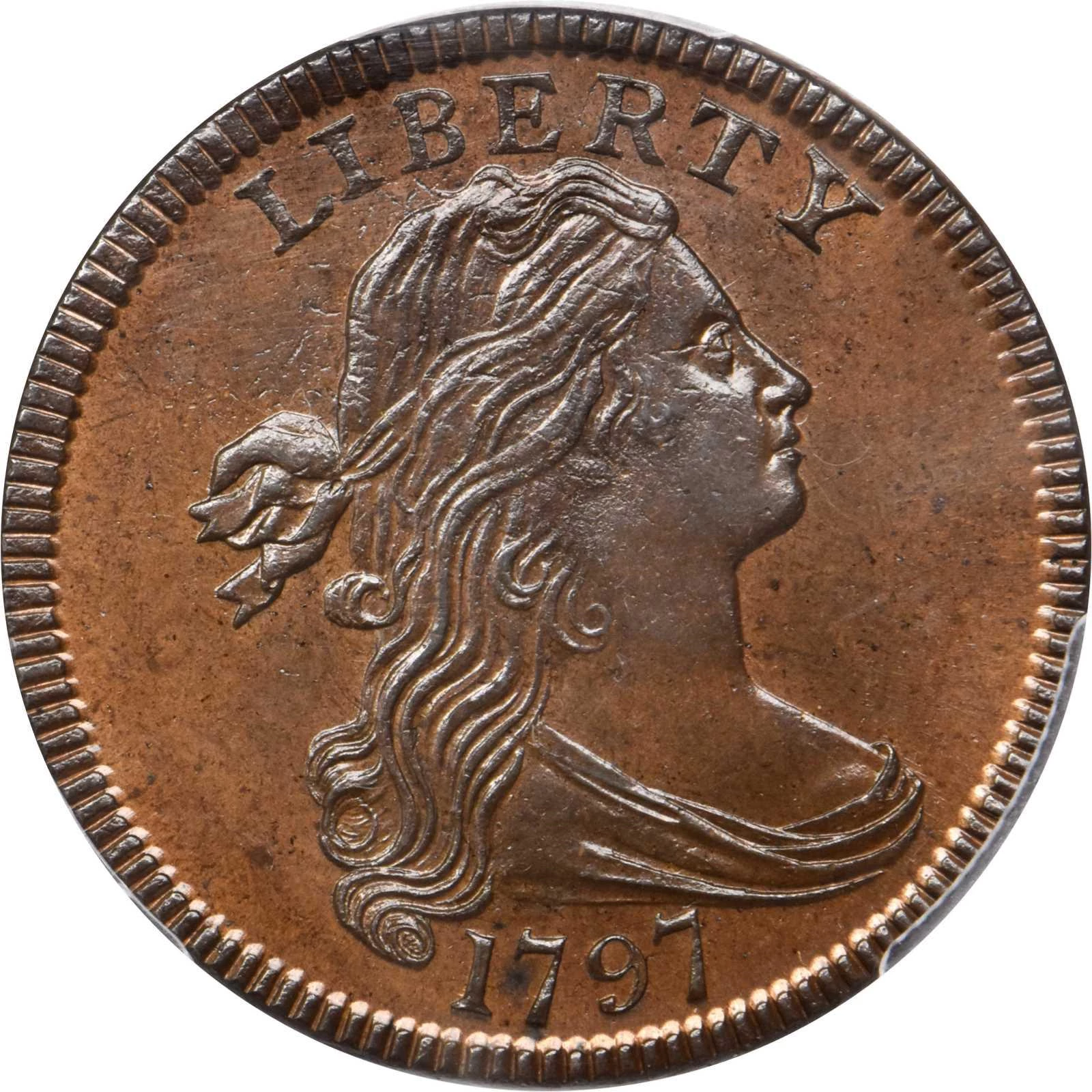





 Loading more ...
Loading more ...






